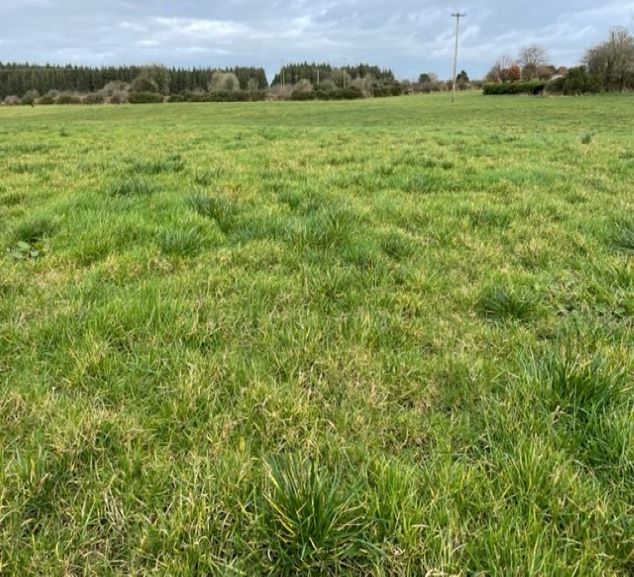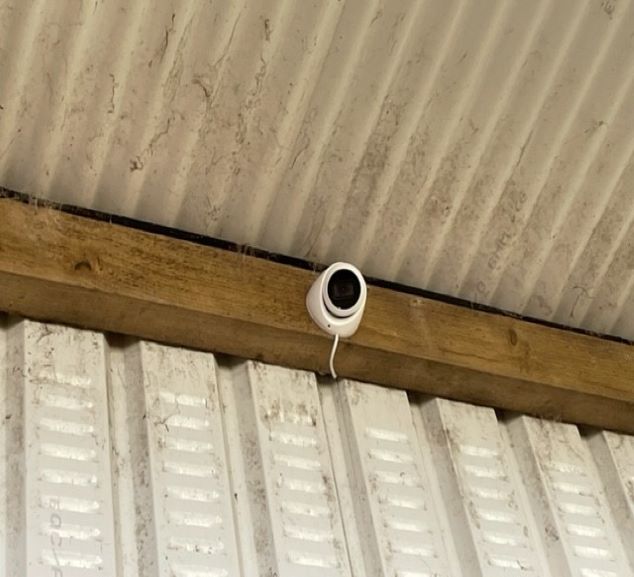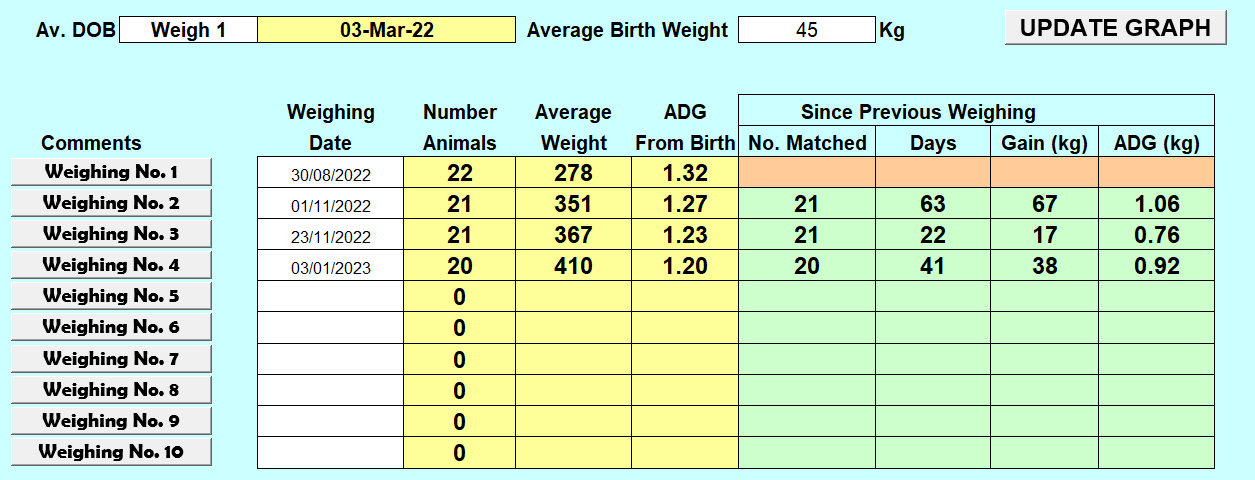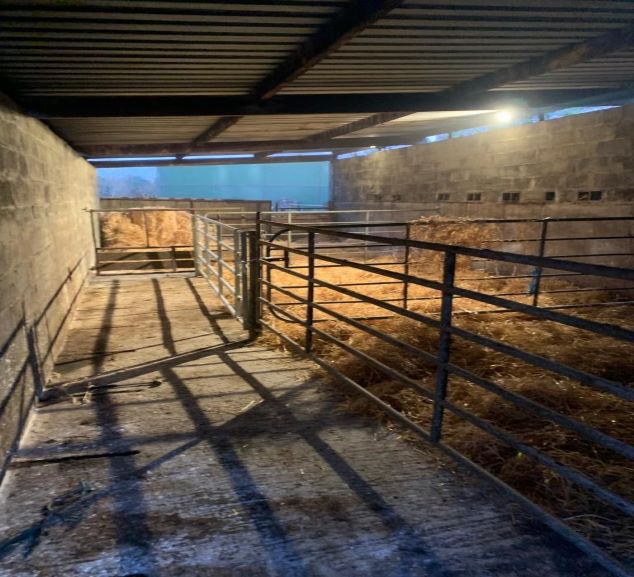Grassland
- A plan to get weanlings to grass in early February
- Making the best use of slurry – it is a valuable resource
- Spring Fertiliser Plan
While Shane’s farm could be described as ‘heavy’ in nature- there are dry sections . Shane plans to take advantage of the recent dry weather by letting out some weanling heifers (17) out to grass in the second week of February. There are many advantages in getting some stock out early;
There are 2 big fears farmers have when it comes to letting out stock in early Spring
To get over the first concern , Shane has a plan;
Shane has completed “ Spring Rotation Planner” . This is a tool used by farmers to plan out their first grazing rotation. A plan will ensure that grass is grazed early enough to allow time for re-growth for the second rotation and to ensure grass does not run out before we start the second rotation.
It is purely based on target areas and dates. Once you know the date you are letting out stock and the targets, you know how much land you have to graze per day, week and month

Turnout to lighter covers that need grazing
Fertiliser & Slurry
Before Shane plans to apply either slurry or fertiliser – there are 4 main conditions he will met before any applications;
Slurry is a valuable resource each 1000 gals is worth at least €50 so it will be spread using Less on the ground that needs it the most ie silage areas. There is sufficient storage for another 2 -3 weeks and slurry will then be spread towards the end of February when there will be better growing conditions. Silage ground that the heifers will have grazed will be targeted at 3000gals/acre. This will supply sufficient P & K to grow the silage crop.The only source of N,P & K will be in the form of slurry for February. The first round of chemical fertiliser will be in mid-late March.
With calving due to start on February 7th, Shane has been busy preparing for the calving season. All calving pens have been power-washed, disinfected and are well bedded with straw. In addition , Shane has upgraded his camera system to 4 cameras in total. There are now no blind spots and all of the 5 bays are now in view from his iphone.

Last year, Shane was tight on calving and isolation pens so this year he has re-modelled a loose shed into additional post calving pens. To ensure he is fully prepared Shane will carry out a pre calving check. The calving equipment is all working including calving gates, calving cameras, calving jack etc. Ensure you have calving ropes, gloves, stomach tube, iodine etc. To help we have a very useful checklist here https://www.teagasc.ie/animals/beef/demonstration-farms/future-beef-programme/technical-notes-for-suckler-farmers/calving-checklist/
The bulls are on 8kgs of meal plus silage and the ration will be increased every two weeks until they are on ad-lib. Currently they are consuming 1.5 round bales of silage with the 8kgs of meal. The bulls are straw bedded with access to plenty of water.
The bulls were weighed on Jan 3rd and the daily liveweight gain has increased from 0.76kgs to 0.92kgs. The average bull weight on Jan 3rd was 410kgs.

